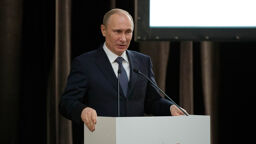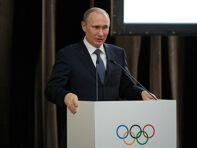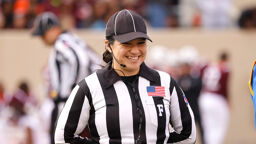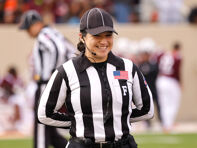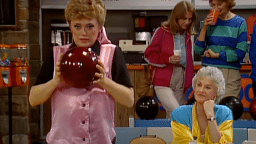 Must Reads
Must Reads 
With the announcement that the NFL has found the New England Patriots used 11 under-inflated balls during their win against the Indianapolis Colts for a trip to the Super Bowl, five questions immediately jumped into my head…
1) Why did the officials not catch this during the game?
Another official commented on Deadspin that the referees don't really have the chance to inspect the balls during a game. He or she said:
I've officiated. Its tough to feel a 2 psi difference if you're not really "handling" the balls. If you notice, the only official that really handles the ball is the Umpire who catches it and then tries to spot it down as fast as he can. To notice the difference, you really have to grab it and squeeze it a bit.
I couldn't disagree more. As a line judge or linesman, every time I get a ball from a ball boy I squeeze it. Maybe it comes from flag football and seeing amateurs try to trot out Nerf balls for the game, but I take the inflation of the ball seriously. I give the ball a quick squeeze every time. In two years of officiating high school football I've rejected about a half-dozen balls due to under-inflation.
If the NFL officials aren't doing that, unless there's a two-minute offense running, something should change.
2) Does it matter that the officials didn't catch it during the game?
The most telling piece of my experience with this comes from when I have a question about a ball for another official. When I raise a concern I almost always hear, "It's fine." To me, the ball is clearly under-inflated. Yet to the other officials – the coaches and the players often of both teams – the ball is "fine."
At the end of the day, everyone knows the game has to be played. The teams have to throw, catch, run and tackle just like they did before. Any "advantage" gained by over- or under-inflating a football is miniscule.
3) Was it "cheating"?
Yes. If true, it was – by definition – cheating.
4) Was it different from any other breaking of the rules?
Yes and no. Sometimes rules are broken accidentally. When you happen to step out of bounds by a toe then come back inbounds and are the first offensive player to touch the ball, you've broken the rules – but you haven't cheated.
Cheating implies intent to deceive or get away with breaking a rule. We see this kind of cheating all the time. Players wait until an official isn't looking and give a cheap shot. Players punch and grab in a pile-up. Offensive players make subtle motions to draw the defensive players offsides. This is all cheating. Is it any different from "Deflategate"? As long as there's pre-meditation, no. It's no different.
Just as fans and players love to blame the officials when they lose, they will blame the under-inflated ball here. But the most important question is…
5) Did the under-inflated balls change the outcome of the game?
No.
The Patriots outscored the Colts, 17-7, in the first half. After halftime, when the officials ensured all game balls were properly inflated, they outscored Indianapolis, 28-0.
You could also argue that the Patriots’ lone turnover – an interception by D’Qwell Jackson – was due to the first-half balls, as it was easier for him to catch. It does work both ways.
In the end, the Patriots are going to the Super Bowl because they were better on Sunday than the Colts. It's just sad that this controversy has to mar what was otherwise a dominant victory.













